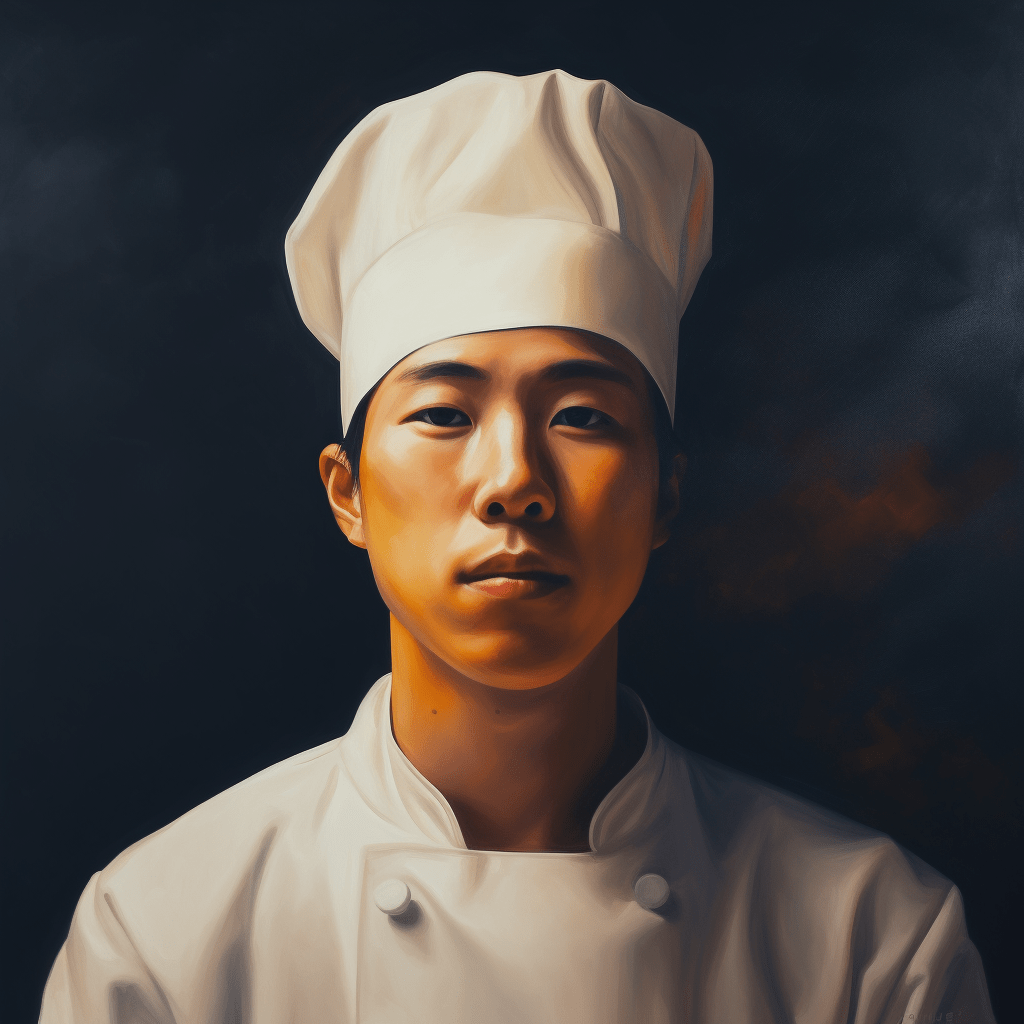
Basic Cooking Techniques
Culinary Basics: The Essential Guide for Home CooksLearn a variety of cooking methods, such as boiling, steaming, sautéing, pan-frying, baking, roasting, and grilling, to confidently produce delicious, diverse meals in your home kitchen.
Welcome to Lesson 3!
In this lesson, we will introduce you to a variety of basic cooking techniques, allowing you to navigate recipes with ease and mix up your mealtime options. By understanding and mastering these methods, you can confidently produce diverse and delectable dishes.
Common Cooking Techniques
- Boiling: Cook food in a large pot filled with rapidly boiling water (useful for pasta, potatoes, and corn). Be mindful of proper cook times for even results.
- Simmering: Cook food gently in hot liquid that is kept just below boiling point, perfect for slow-cooking soups, stews, and braises.
- Steaming: Cook food by exposing it to steam, either using a steam basket or a steamer appliance; ideal for preserving nutrients and texture in foods like vegetables, fish, and dumplings.
- Sautéing: Cook small pieces of food quickly over medium-high heat using a small amount of oil in a frying pan; a great method for achieving a crust or caramelization on ingredients like onions, mushrooms, and proteins.
- Pan-frying: Cook food in a moderate amount of oil, allowing it to develop a crust on both sides. Suitable for larger items like fish fillets, burgers, and breaded cutlets.
- Baking: Cook food through dry heat conduction using an oven; applicable to a variety of dishes, including casseroles, bread, pastries, and vegetables.
- Roasting: Cook larger cuts of meat and vegetables using dry heat at high temperatures, often using a roasting pan or oven to produce tender, flavorful results.
- Grilling: Cook food over an open flame or under a broiler, creating distinctive grill marks and caramelization for that smoky, charred flavor on everything from meat to vegetables.
As you experiment with these cooking techniques, you'll develop your own unique culinary style and preferences. In Lesson 4, we'll dive into understanding ingredients, such as proteins, carbohydrates, fats, and pantry staples, to ensure you make informed choices for your nourishing and satisfying meals. Happy cooking!
